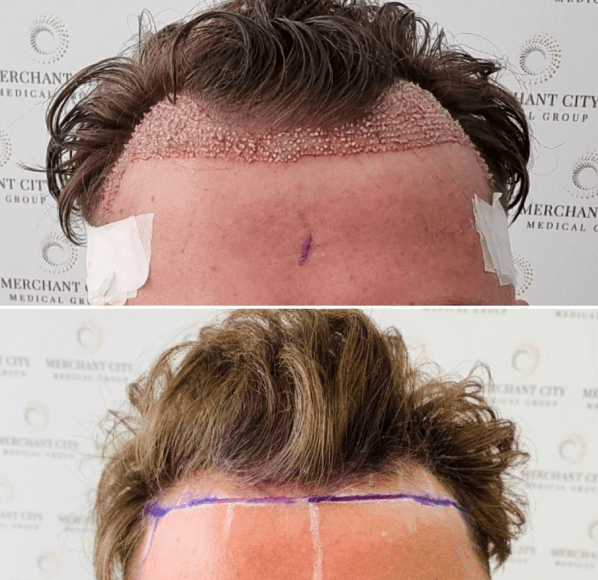
How Much Does Hair Transplant Cost?
How Much Does Hair Transplant Cost?
A significant percentage of people, up to 85% of males and 40% of women, experience hair loss, an unpleasant condition whose frequency rises with age in both sexes.
Hair loss may have a safe, long-lasting remedy with hair transplant surgery, commonly called surgical hair restoration.
Hair transplants are grafts used to replace missing hair on a balding or thinning scalp. In hair transplant procedures, several methods are employed. These methods differ in cost; every patient seeking a hair transplant must consider all the pricing factors.
Before delving into the intricacies of hair transplant costs, it’s crucial to address common questions that individuals often have.
Questions may range from the procedure’s effectiveness to the longevity of results and potential side effects.
Addressing these concerns upfront fosters clarity, allowing individuals to approach the subject of costs with a comprehensive understanding of what a hair transplant entails and what outcomes they can realistically expect.

Factors Influencing Hair Transplant Costs
#1
Cost Depends on the Type of Procedure (FUE, FUT, Sapphire FUE)
The type of hair transplant procedure chosen significantly impacts the overall cost.
Follicular Unit Extraction (FUE), Follicular Unit Transplantation (FUT), and the innovative Sapphire FUE come with price tags.
FUE is more expensive due to its precision and is popularly known for meticulously extracting individual follicles.
FUT, which involves removing a strip of tissue, may be more cost-effective, while Sapphire FUE, which integrates cutting-edge technology, can influence costs differently.
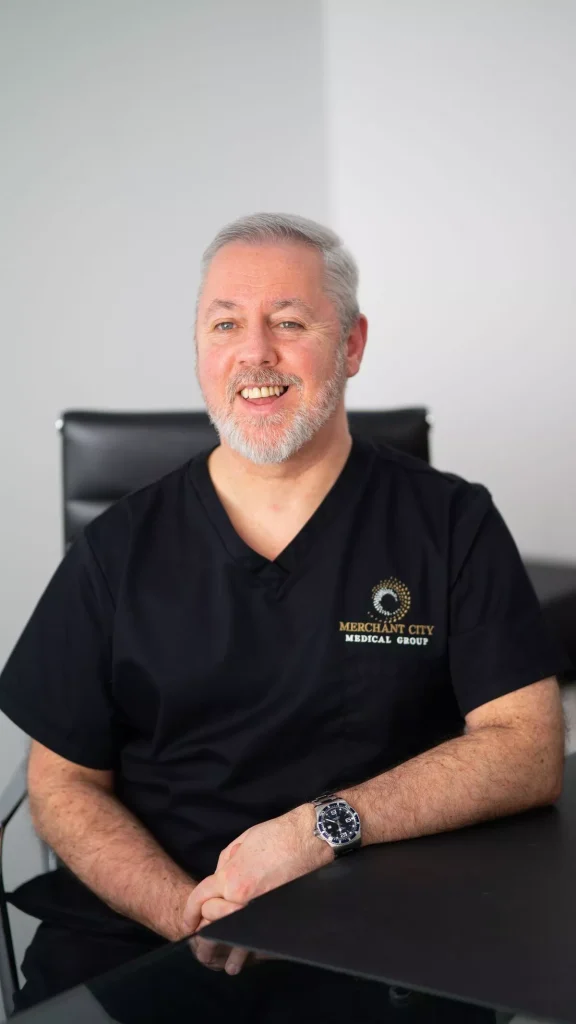
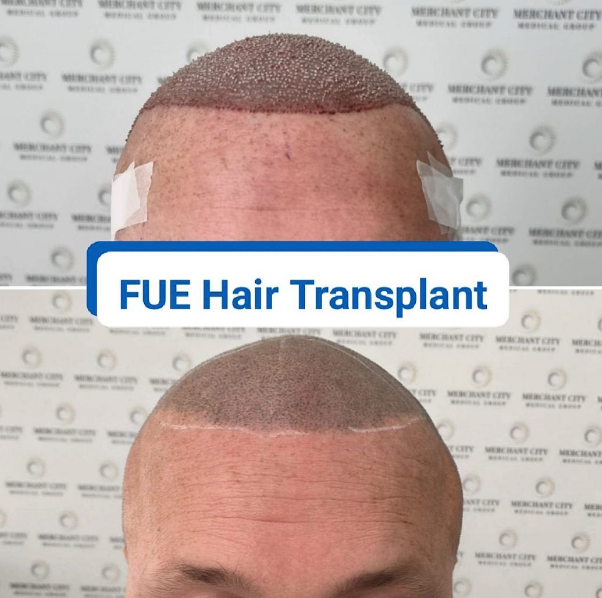
#2
Clinic Reputation and Location
The reputation and geographical location of the clinic play a pivotal role in determining costs.
Renowned clinics with a history of successful transplants and satisfied clients may charge higher fees.
Additionally, clinics in urban areas or regions with a higher cost of living often have higher overheads, contributing to elevated procedure costs.
#3
Surgeon's Expertise and Experience
The expertise and experience of the surgeon handling the procedure are integral factors in cost considerations.
Surgeons with an excellent track record and extensive experience may command higher fees.
Patients often opt for seasoned professionals to ensure a successful and aesthetically pleasing outcome, recognizing that expertise comes at a price.
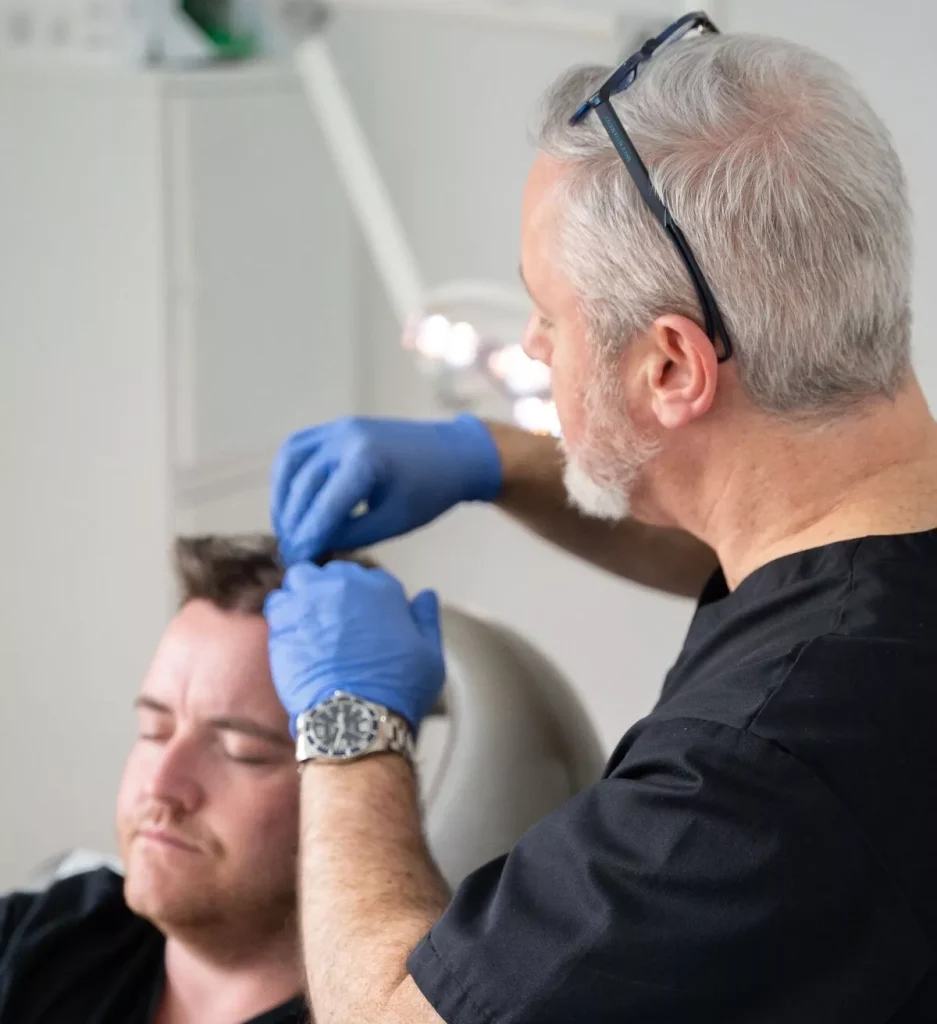
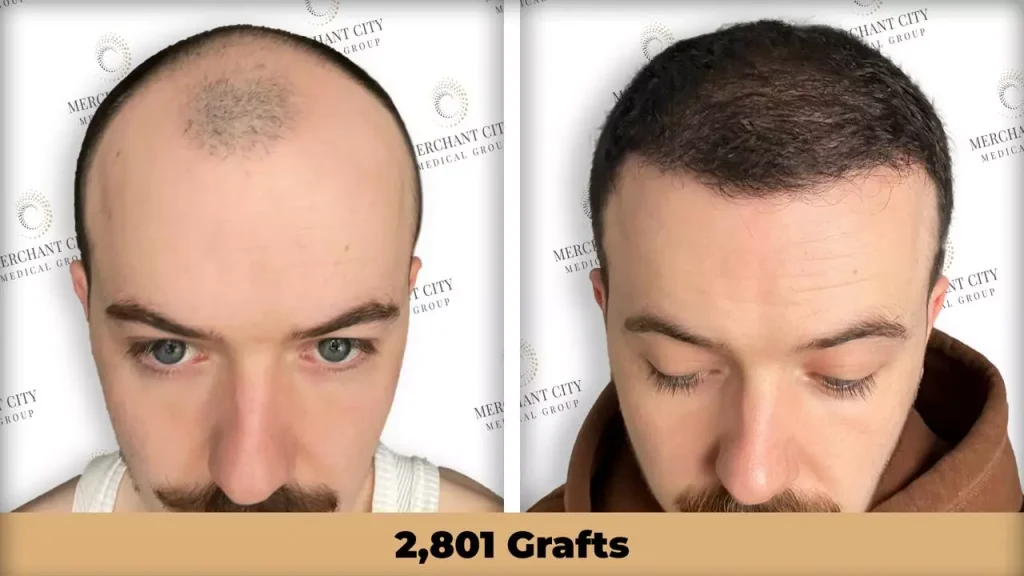
#4
Higher Graft Survival Rate
Precision harvesting in FUE minimizes trauma to the hair follicles during extraction, contributing to the increased survival rate.
#5
Clinic Facilities and Technology
The facilities and technology available at a clinic contribute to the overall cost.
State-of-the-art clinics equipped with advanced technologies may charge higher fees.
Using innovative tools, such as robotic assistance in some procedures, can also impact costs.
Patients seeking a combination of cutting-edge technology and top-notch facilities should expect a corresponding adjustment in the overall expense.
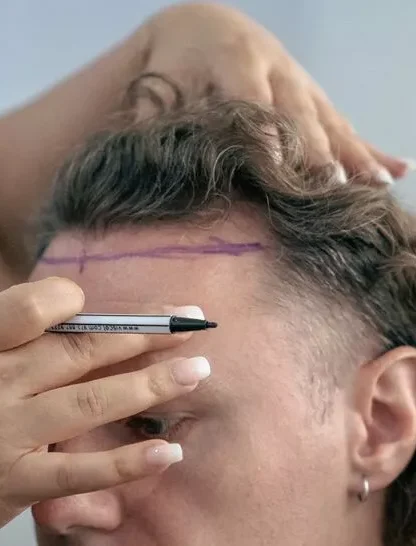
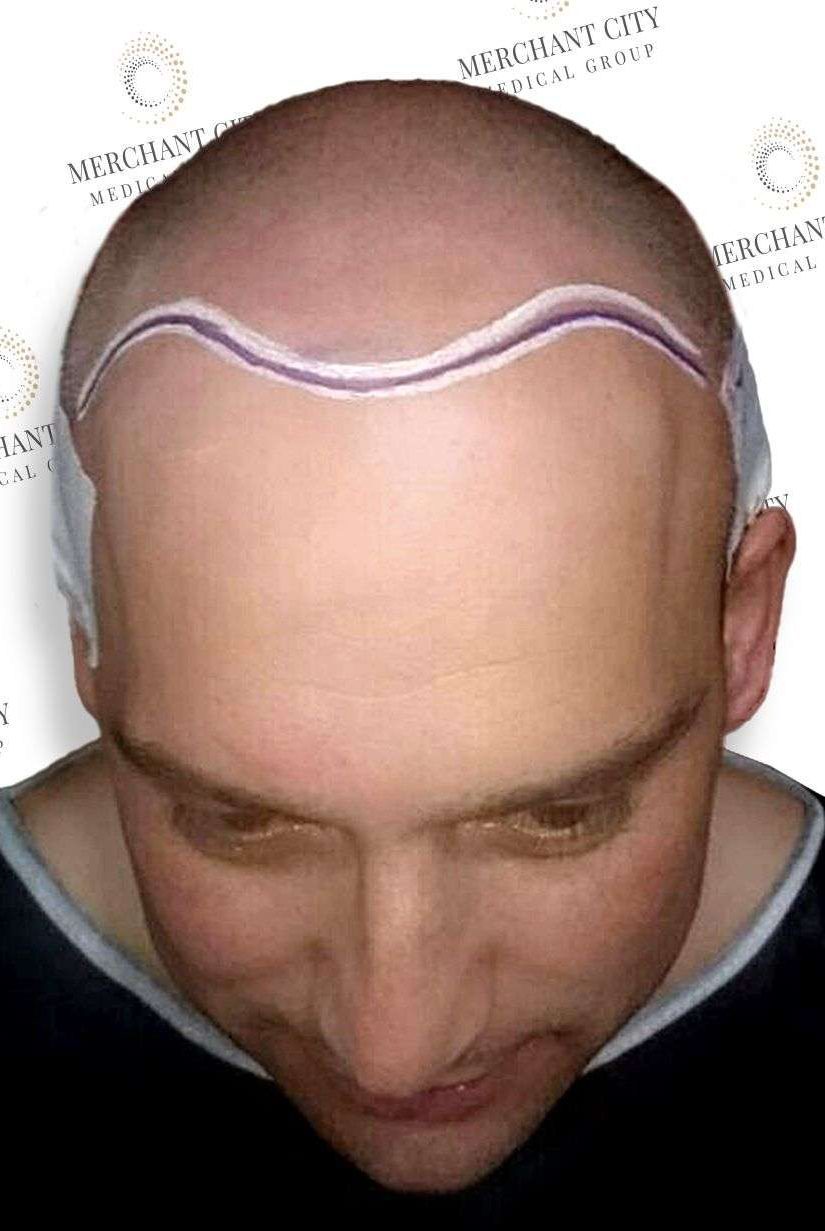
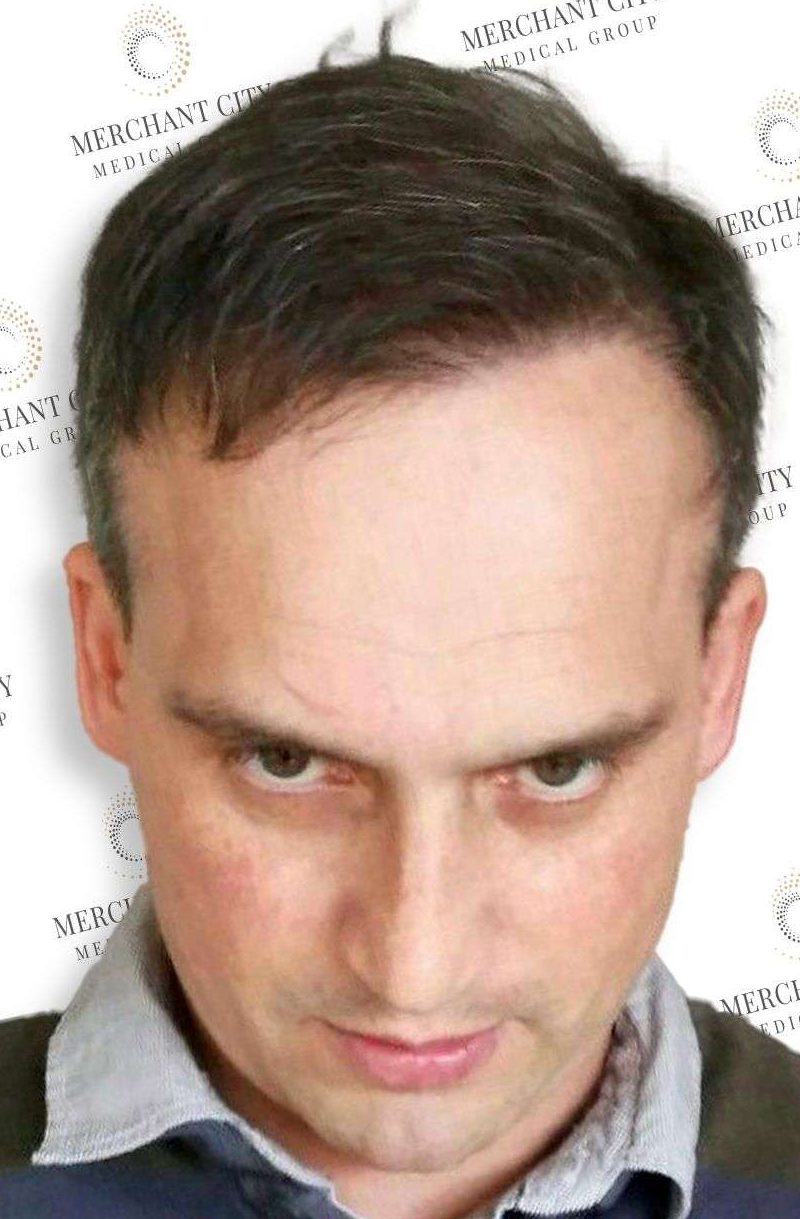
What are the Different Types of Hair Transplants?
Certainly, there are two primary types of surgical hair transplants
Follicular Unit Transplant (FUT): During this process, the donor site removes a skin strip containing hair follicles from the scalp and places it on the treatment area. Although FUT is quicker, the healing period may be prolonged, and there’s a heightened chance of scarring.
FUT is often preferred for individuals with substantial hair loss.
Follicular Unit Extraction (FUE): This method involves removing individual hair follicles, typically from the back of the scalp, which are then relocated to the treatment area, often the hairline. While the FUE process is more time-intensive, it offers the advantage of avoiding sutures and poses a lower risk of scarring.
During a consultation, your doctor can assess your specific circumstances and recommend the most suitable method to help you estimate the procedure.
Does Everyone Qualify for a Hair Transplant?
Individuals under 30 may be advised to explore alternative methods for managing hair loss until they are older. This precaution is because younger adults often experience unstable and rapid hair loss. Delaying the procedure also helps prevent the overuse of donor sites on their scalps, especially if they plan on undergoing multiple hair transplant treatments throughout their lives.
Additionally, certain individuals are not considered ideal candidates for a hair transplant, including smokers and those with:
Duration of Hair Transplants and Considerations
The worth of a hair transplant depends on individual expectations and outcomes.
While hair transplants are minimally invasive, like any medical procedure, they entail potential risks, such as:
- Death of transplanted hair follicles
- Infection
- Scarring
- Excessive bleeding
- Suboptimal results
What Other Options Exist Instead of Undergoing a Hair Transplant?
Finasteride (Propecia)
Finasteride is a daily oral medication that necessitates a prescription. Research indicates its potential to enhance hair loss and notably alleviate hair-thinning concerns in men. It's important to note that Finasteride does not have FDA approval for use in women, as it may pose a risk of congenital disabilities in pregnant women. Nevertheless, it is occasionally utilised "off-label" to address age-related and other forms of hair loss in women following menopause.
Platelet-rich plasma (PRP)
Platelet-rich plasma (PRP) represents a recent treatment option for combating hair loss. During this procedure, a blood sample undergoes centrifugation to separate PRP, a component abundant in growth factors.The extracted PRP is subsequently injected into the scalp to encourage hair growth.
Studies propose that a series of monthly PRP treatments over three months can promote hair growth; however, it's important to note that insurance coverage does not extend to this therapy.
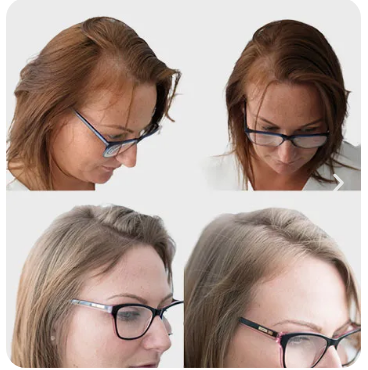
Mesotherapy
Mesotherapy is a cosmetic surgery in which a mixture of vitamins, minerals, amino acids, and other active substances is injected into the skin.
This technique is used for various aesthetic purposes, including hair loss treatment. The injected solution stimulates hair follicles, enhances blood circulation, and provides essential nutrients for hair growth.
In hair restoration, mesotherapy often addresses issues such as pattern baldness and thinning hair. A series of injections usually provide the treatment for the scalp.
Consult a qualified healthcare professional or dermatologist to discuss the suitability, potential benefits, and risks associated with mesotherapy for hair loss. Notably, mesotherapy may not be covered by insurance in the United Kingdom, and costs may vary based on individual clinics and practitioners
Scalp Micropigmentation
Scalp Micropigmentation (SMP) is a non-surgical cosmetic solution for various hair loss issues.
This procedure involves applying specialized pigments to the scalp with tiny needles, mimicking natural hair follicles and creating the illusion of fuller hair. Popular for achieving a short-cropped or shaved head appearance, SMP is also used to conceal scars from procedures like hair transplants. Results are long-lasting, often lasting several years before touch-ups are needed.
SMP's minimally invasive nature and ability to provide a realistic hairline have contributed to its widespread popularity.
Individuals considering SMP should consult experienced practitioners to discuss goals, potential outcomes, and associated costs (fill out this online assessment form to get our pricing), as insurance coverage may not be available in the United Kingdom.
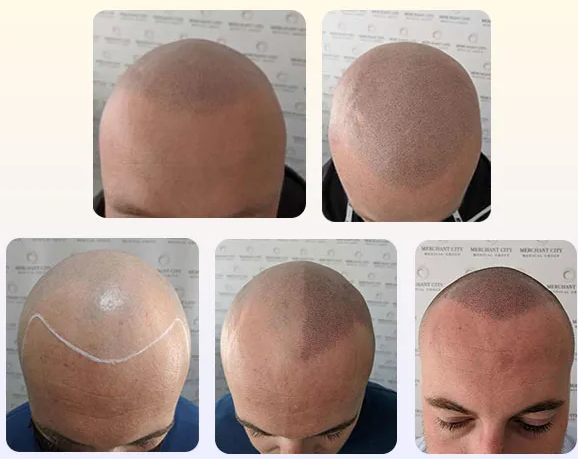
Platelet-rich plasma (PRP)
Platelet-rich plasma (PRP) represents a recent treatment option for combating hair loss. During this procedure, a blood sample undergoes centrifugation to separate PRP, a component abundant in growth factors.The extracted PRP is subsequently injected into the scalp to encourage hair growth. Studies propose that a series of monthly PRP treatments over three months can promote hair growth; however, it's important to note that insurance coverage does not extend to this therapy.
Mesotherapy
Mesotherapy is a cosmetic surgery in which a mixture of vitamins, minerals, amino acids, and other active substances is injected into the skin.This technique is used for various aesthetic purposes, including hair loss treatment. The injected solution stimulates hair follicles, enhances blood circulation, and provides essential nutrients for hair growth.
In hair restoration, mesotherapy often addresses issues such as pattern baldness and thinning hair. A series of injections usually provide the treatment for the scalp.Consult a qualified healthcare professional or dermatologist to discuss the suitability, potential benefits, and risks associated with mesotherapy for hair loss. Notably, mesotherapy may not be covered by insurance in the United Kingdom, and costs may vary based on individual clinics and practitioners
Scalp Micropigmentation
Scalp Micropigmentation (SMP) is a non-surgical cosmetic solution for various hair loss issues.
This procedure involves applying specialized pigments to the scalp with tiny needles, mimicking natural hair follicles and creating the illusion of fuller hair. Popular for achieving a short-cropped or shaved head appearance, SMP is also used to conceal scars from procedures like hair transplants. Results are long-lasting, often lasting several years before touch-ups are needed.
SMP's minimally invasive nature and ability to provide a realistic hairline have contributed to its widespread popularity.
Individuals considering SMP should consult experienced practitioners to discuss goals, potential outcomes, and associated costs (fill out this online assessment form to get our pricing), as insurance coverage may not be available in the United Kingdom.
When is it Advisable to Consult a Dermatologist?
Hair loss may indicate an underlying internal issue. Hormonal imbalances, such as those associated with conditions like polycystic ovary syndrome and hypothyroidism, can contribute to hair loss. Seeking an early evaluation from a dermatologist is important to identify the root cause of your hair loss.
Dermatologists can conduct a thorough examination of your hair and may order tests to ensure that any serious underlying causes for hair loss are not overlooked. Understanding the specific cause of hair loss is essential for expediting treatment and promoting hair regrowth.
Are there Financial Plans to Assist with the Hair Transplant Cost?
Patients often seek financial assistance, such as loans or insurance coverage, to manage the expenses associated with hair transplant procedures. Understanding the financial aspect is crucial, enabling individuals to explore options that align with their budgetary preferences.
At Merchant City Medical Group, we prioritize making hair transplant procedures accessible to our clients.
We collaborate with Chrysalis, a trusted finance provider, to offer affordable hair transplant finance plans.
Our financing options include 0% interest-free plans spanning 6, 9, 12, and 24 months.
Moreover, we provide options for those desiring an extended payment period, allowing the cost to be spread over 60 months.
By providing diverse financing solutions, we aim to assist our clients in undergoing the desired procedure without compromising their financial well-being.
Contact us today to book your free consultation with us.

